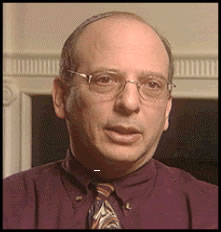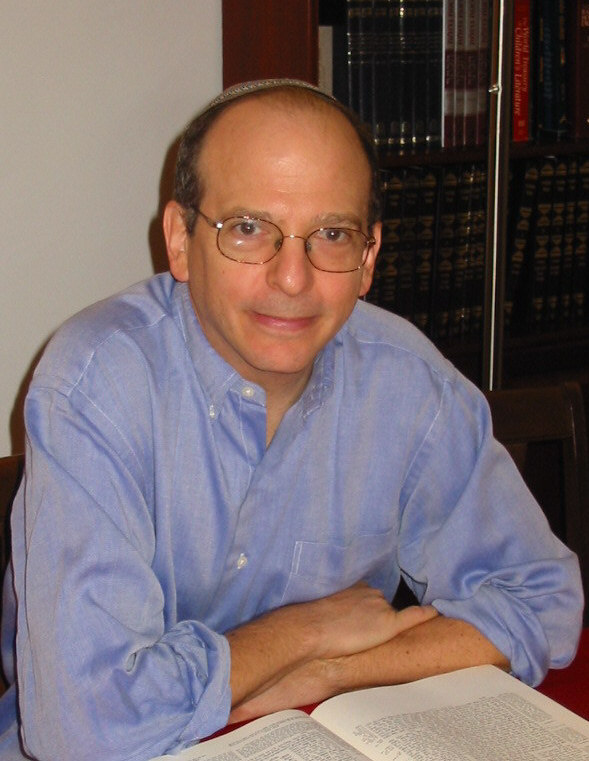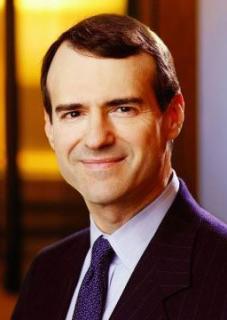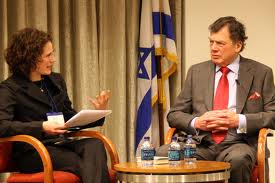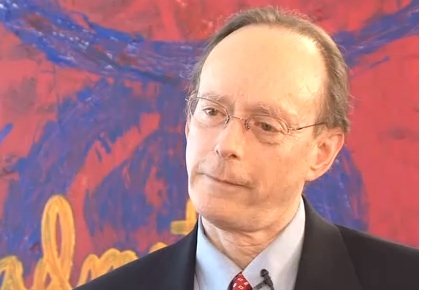Category Archives: Intermarriage
“Rabbinic society was not much affected by intermarriage…”
“One of the central characteristics of post-biblical Judaism is its prohibition of intermarriage…”
Considering the failure of acknowledging Patrilineal Descent for the Reform Movement
In 1983, the Reform Movement made the decision to grant any child born of a Jewish father automatic membership in the Jewish People, a policy otherwise known as patrilineal descent. Indeed, the decision of the Central Conference of American Rabbis was truly radical: it “transformed the halachic formulation of ‘the child of a Jewish mother’ to the ‘chile of a Jewish parent’” in delineating the transmission of Jewishness from one generation to the next; moreover, it stipulated that no child, whether born of a Jewish father or mother, was officially Jewish until he/she complete a bar/bat mitzvah or engaged in public acts or ceremonies of Jewishness. The impact was immediate: conversions to Judaism dropped by 75%. Following the patrilineal descent decision, only 5% of non-Jewish fiancé(e)s in prospective intermarriages converted to Judaism. The ancient Jewish club now had some members who did not recognize other club member, creating confusion. Worse still, the overwhelming majority of those granted this new club membership threw away their membership cards. As a result, membership in the Jewish club has been profoundly devalued.
Though the Reform Movement instituted patrilineal descent as a means to combat the problem of poor Jewish identity among children of intermarriage, the result has been the exact opposite. Among the 30% of mixed marriages who are raised as Jews, the vast majority had Jewish mothers. Even when the Jewish parent desires to raise the children as Jews, this is only likely to happen when the Jewish parent is a woman. This may seem surprising since the child of a Jewish father most often carries the father’s name and is frequently assumed to be Jewish by acquaintances. Nevertheless, the factual evidence is clear: whether by virtue of genes, tradition or culture, Jewish mothers are much more effective at transmitting Judaism to their children than Jewish fathers even if they so desire.
Scott A. Shay, Getting Our Groove Back: How to Energize American Jewry, 2nd ed. (Jerusalem & New York: Devora Publishing, 2008), 155.
A Pragmatic Reason for Jewish Federations to Reach Out to Intermarried Couples
This gallery contains 0 photos.
Olitzky told me that many in the organized Jewish community are beginning to recognize...Gary Rosenblatt Considers Rabbi Rick Jacobs Statements about Intermarriage
Consider this excerpt from the major address given by Rabbi Rick Jacobs, president of the Union for Reform Judaism, at last month’s biennial of the Reform movement in San Diego.
“Incredibly enough … I still hear Jewish leaders talk about intermarriage as if it were a disease,” he told some 5,000 constituents. “It is not. It is a result of the open society that no one here wants to close. The sociology is clear enough; anti-Semitism is down; Jews feel welcome; we mix easily with others; Jewish North Americans (researchers say) are more admired overall than any other religious group. So of course you get high intermarriage rates — the norm, incidentally, in the third or fourth generation of other ethnic groups as well.
“In North America today, being ‘against’ intermarriage is like being ‘against’ gravity; you can say it all you want, but it’s a fact of life. And what would you prefer? More anti-Semitism? That people did not feel as comfortable with us?
“In any event, we practice outreach because it is good for the Jewish people. Interfaith couples can raise phenomenally committed Jewish families, especially when they do it in the Jewish community that is offered uniquely by the Reform movement.”
It’s true, as Rabbi Jacobs suggests, that interfaith couples can raise deeply committed Jews. I admire him and his work, and I hope his movement is successful in its ambitious plans to make that happen. But the jury is definitely out, with demographic experts debating whether the glass is half full or half empty, based on the findings of the recent Pew Research Center study on Jewish identity. The optimists acknowledge that while it is far more likely that children of intermarriage say they have no religion, 59 percent of that cohort who are adults under 30 say they are Jewish, a significant increase in recent years. “In this sense, intermarriage may be transmitting Jewish identity to a growing number of Americans,” write Pew researchers Greg Smith and Alan Cooperman.
Others say that only a small percentage of adult children of intermarriage marry Jews, and that based on projections of current data, less than 10 percent of them will in turn raise their children as Jews. Sociologist Steven M. Cohen cites the remark of the late American Jewish Committee sociologist Milton Himmelfarb when asked what to call the grandchildren of intermarried Jews. “Christian,” he said. (Cohen adds: “He was approximately 92 percent correct.)
Commenting on Rabbi Jacobs’ biennial remarks, Cohen said he thought it “irresponsible” for the Reform leader not to promote Jews marrying Jews. “Isn’t it an inherent obligation” for him to do so? he asked. And just because it may be going against the popular grain, “does that mean rabbis shouldn’t encourage Shabbat observance, keeping kosher, etc.?”
Gary Rosenblatt, “‘Being Against Intermarriage is Like Being Against Gravity'”, The Jewish Week (17 January 2014), 7.
“Jews who intermarry also have difficulty understanding their friends’ and relatives’ consternation at their decision…”
The current consensus in America is that people can fall in love across race, ethnic group, and creed and that nothing should stand in their way. As a result, Jews are justly sensitive to the charge that discouraging intermarriage is a form of bigotry, since, for many non-Jews, Jewish aversion to intermarriage is problematic. How can Jews claim to be tolerant and then be unwilling to allow their child to marry a non-Jew? Jews who intermarry also have difficulty understanding their friends’ and relatives’ consternation at their decision, a decision which they perceive as a testament to their openness to different cultures. This view of Jewish intermarriage must change.
Jewish inmarriage is not a form of bigotry.
Scott A. Shay, Getting Our Groove Back: How to Energize American Jewry, 2nd ed. (Jerusalem & New York: Devora Publishing, 2008), 146
“The intermarriage of one Jewish individual is rarely a sudden occurrence…”
The intermarriage of one Jewish individual is rarely a sudden occurrence. Rather, an individual’s choice to intermarry is a function of the depth of their Jewish education and experiences, the density of the Jewish population in the relevant geographic area, and commitment to “in-dating”. An American Jew who chooses to intermarry typically shares many of the same goal and values as his/her non-Jewish fiancé(e) and is, therefore, open to building a family with him or her. Intermarriage is also a sign of the success of Jewish acculturation to the American environment and acceptance by Americans.
Scott A. Shay, Getting Our Groove Back: How to Energize American Jewry, 2nd ed. (Jerusalem & New York: Devora Publishing, 2008), 145-146
“…the problem is that that Jews are falling in love with non-Jews, but that they aren’t falling in love with Judaism”
Intermarriage is often blamed for the decline in Judaism and in the Jewish population in North America. But the problem is that that Jews are falling in love with non-Jews, but that they aren’t falling in love with Judaism.
Edgar M. Bronfman and Beth Zasloff, Hope, Not Fear: A Path to Jewish Renaissance (New York: St. Martin’s Press, 2008), 29.
Do children become “bilingual” in an intermarried family?
Children become “bilingual,” Katz Miller contends, the way that they might in a home where more than one language is spoken. But often what really happens in homes where two languages are spoken is that children are semi-lingual in both, unable to sustain a robust conversation in either.
Erica Brown, “Part-Time Judaism”, 2013-2014: The Year Gone By…The Year Ahead, A Special Supplement to the Florida Jewish Journal and the New York Jewish Week (27 December 2013), 7.

